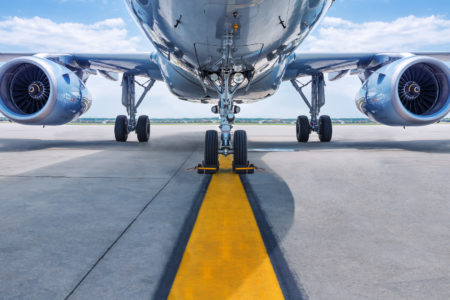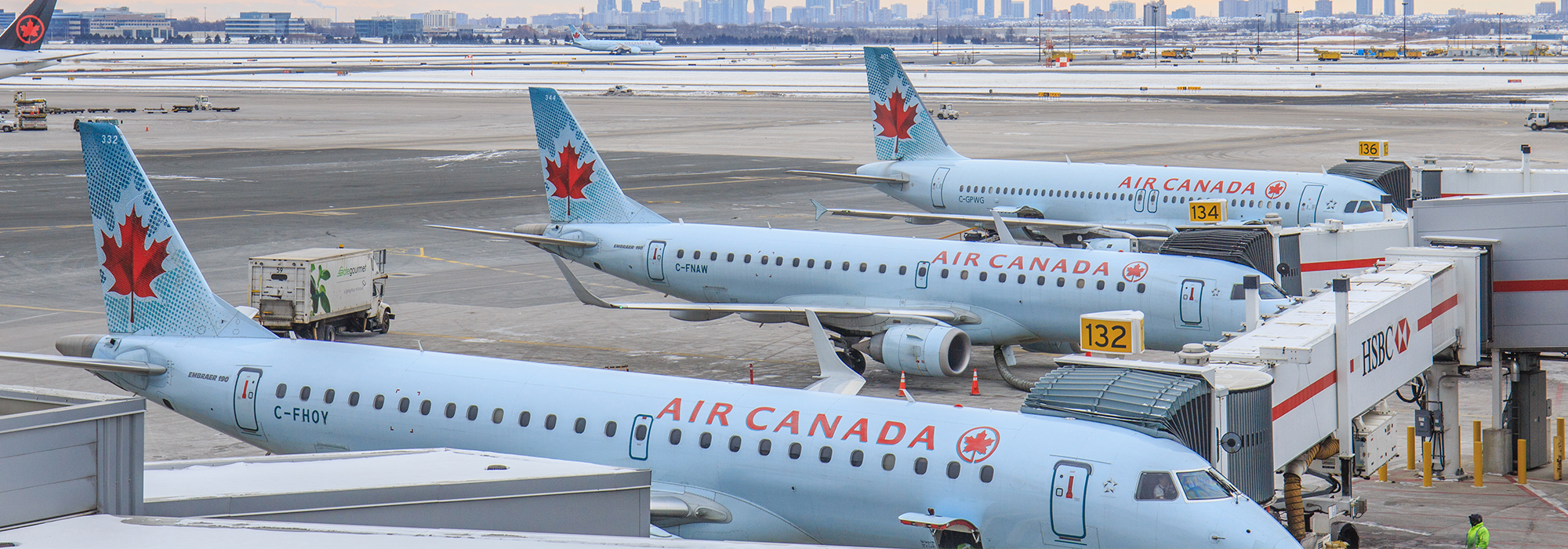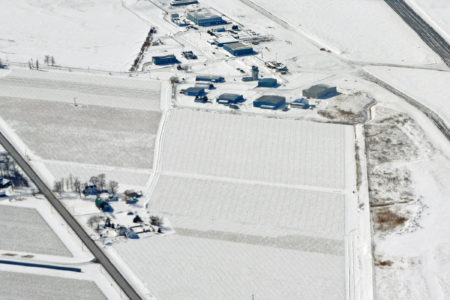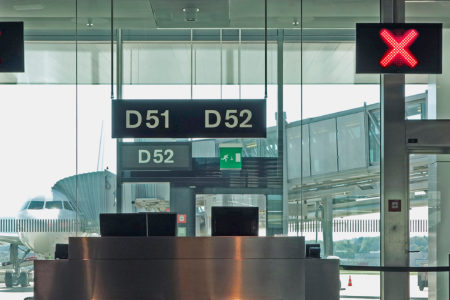
Two Canadian political giants died this year, their passing relatively unnoted amid the calamity of COVID-19.
But the deaths of former deputy prime minister Don Mazankowski and former Newfoundland lieutenant-governor John Crosbie – the two primary architects of Canada’s longstanding aviation policies – seemed eerily timed as the country considers departing from the policies they established 32 years ago. As COVID-19 has ravaged the airline industry, perhaps now may be time to reinstate at least some of the interventionist policies both Mazankowski and Crosbie fought against in the late 1980s.
One of former prime minister Brian Mulroney’s most effective ministers, Mazankowski built the policy framework for deregulation of the airline sector. His 1985 white paper Freedom to Move enunciated the philosophy which is still written in the prelude of the Canada Transportation Act: “competition and market forces … are the prime agents in providing viable and effective transportation services.”
When Mazankowski was promoted to deputy prime minister, it fell to Crosbie as the next transport minister to turn that philosophy into law with the passage of the National Transportation Act in 1987.
Free competition in the airline sector has been, by any measure, an incredibly successful strategy. In the 32 years before COVID struck, Canadians in most regions enjoyed low prices, continuous innovation and rising service levels. A substantial support sector of manufacturing, aircraft and engine repair, personnel training, insurance and finance developed.
But the COVID-19 pandemic has severely hurt the industry. In April of this year, average daily flights in Canada numbered 2,680, down from 9,304 in April of last year.
Airlines responded like any other business by parking aircraft and laying off workers. It’s not enough. In October, WestJet pilots accepted a 50 per cent pay cut to reduce the need for layoffs. The airline said in November it had removed 63 per cent of its capacity compared to 2019. Porter Airlines suspended all flights. Regional carriers have seen traffic declines of 60 per cent and more.
Faced with the likely need to support airlines, big and small, Ottawa has two basic options: subsidize or re-regulate. Which path the government goes down depends on a lot of factors, especially its estimate of how long the crisis will last.
But whichever method they use to rescue the airline sector, the ministers will be abandoning the “competition and market forces” which served us so well. Let’s hope that somewhere in the transport or finance departments, someone is thinking about how we can get them back someday.
On the face of it, subsidy is a more attractive option for the government. It’s simpler. It may not require new legislation. It’s also fast. How long does it take the finance minister to sign a cheque? It’s politically attractive too. Politicians enjoy bestowing money on grateful businesses.
But subsidy is an extremely short-term fix. As the airlines’ economic disaster will probably outlive COVID by months and years, the subsidy option gets less and less sustainable.
Policy-makers need to plan for an aviation market that operates far below normal market levels for the foreseeable future. Ottawa will not be able to subsidize the industry this whole time. On the contrary, as soon as COVID is under control, a restraint regime seems inevitable, as Ottawa will have to attempt to tighten its fiscal belt.
We are going to need a policy framework that permits the industry to remain, solvent for at least several years of poor market conditions. Subsidizing competitive services will often mean paying airlines to fly near-empty planes.
When governments bail out businesses, they are buying time. Typically, they are trying to hold onto the status quo, while nervously looking over their shoulder at the taxpayers whose money they are doling out. Where do their political instincts lead them? To conditions. Lots of conditions.
Ottawa insiders are briskly leaking long lists of potential restrictions that would come with an airline bailout.
No executive bonuses, no layoffs, no price wars. No dividends will be paid. Certain routes may not be abandoned. No cancellations of Canadian aircraft purchases. Even before they began talking with the airlines, cabinet ministers were insisting on an obligation to pay refunds on unused tickets. It’s hard to blame them for that, given the public’s anger.
But these conditions are not about running an airline, they’re about running an election campaign. A fast-changing industry can’t be frozen like this for months or years.
Moreover, these conditions are all focused on the major airlines. There are dozens of commercial airlines besides Air Canada and WestJet to consider.
Is there another path? Sort of.
For the first 67 years of commercial airline passenger service in Canada, the industry was tightly regulated. Airlines were licensed to fly a specific route, mostly without competition. A government agency dictated the prices they could charge and the profit they could realize. The entire system was designed to protect the carriers more than to serve the consumers.
It was this huge and restrictive bureaucracy that Mazankowski and Crosbie were targeting with airline deregulation in 1987 and nobody wants it back today.
But regulated markets do protect the air carriers, without costing the taxpayers huge subsidies. They allow the industry to limit excess capacity and share customers under government supervision.
To actually reassemble a fully regulated system would take years, require new legislation and employ hundreds of public servants. It’s a bad idea.
But an emergency plan could be crafted and implemented without such elaborate mechanisms. Market-sharing agreements would be the overarching condition of financial support, retained after most of the others are dropped as unworkable.
With the participation of the Competition Bureau, arrangements that assure service and share the profits/pain could be implemented as transitional measures. The government has plenty of levers to ensure compliance.
Introducing competition among airlines was a bold, highly controversial policy in the 1980s. It was enormously successful for consumers, communities, the airlines and the downstream players such as airports, air navigation, training organizations and aircraft repair.
It’s heartbreaking to contemplate walking away from Mazankowski’s and Crosbie’s achievement, even temporarily. But if we want these businesses to be available when the pandemic is over, we need to make this tough choice.
Photo: Air Canada Embraer 190 regional passenger jets arrive at the terminal building of Toronto’s Pearson International Airport at dawn, on January 8, 2018. Shutterstock/By WorldStock.








